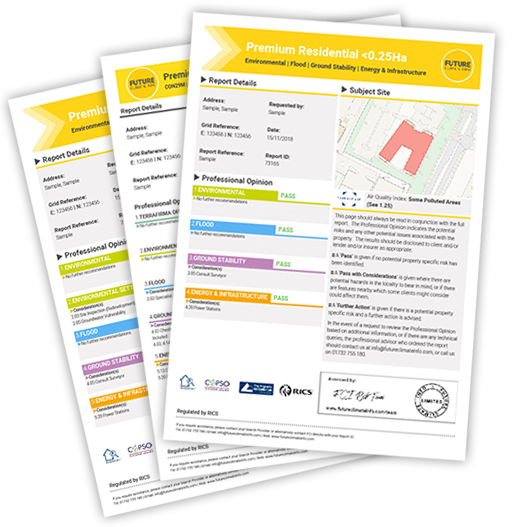
More Holistic, Proactive Flood Management Required.
The National Infrastructure Commission (NIC) was established on 2015 to advise Government on how to accommodate population and climate change challenges affecting the capacity of our existing infrastructure.
It has just published its first full report on how we need to invest in more resources to meet the needs and risks of the future. In the second of a two part blog, we now look at the impact of flood risk and the need to plan for greater resilience.
Climate change will continue to make extreme flooding events more likely in future years. Cities, towns and villages alike must be resilient and decisive policy action is needed to mitigate these risks, the Commission said.
Stop Reacting to Floods
About 5 million properties in the UK are currently at risk of flooding from a combination of rivers, sea, surface water, sewers or groundwater. Protection in the form of flood defences over the past years has too often been reactive rather than proactive. The Commission has called on Government to think about more holistic catchment management for flood prevention.
Flooding has severe impacts on quality of life, particularly mental health. Residents plagued by flooding year in year out suffer with high insurance premiums or limited cover, disruption, cost and fear of it all happening again.
This isn’t just about managing rivers, it’s about improving capacity in sewers, storing peak flows and slowing water higher up in the catchment naturally through ponds and dams. In our urban areas, it means a wider roll out of Sustainable Drainage Systems (SuDS) within new developments, as well as flood resistance measures like non-return valves and barriers to prevent sewer and surface flooding entering property.
Plan for Greater Flood Resilience
Climate change will drive greater variations in rainfall – increasing in winter and reducing in summer. Together with population growth, this means our communities are at greater risk of facing both flooding and drought. As we have seen this year, hard baked ground also magnifies surface water flooding, so they must be managed together.
The Commission has therefore published a clear set of recommendations for flood resilience and drought between now and 2050:
- 1 million homes have more than a 1% chance of flooding in any year. The Environment Agency should update plans for all catchments and coastal cells in England before the end of 2023.
- A new national standard should be introduced so that by 2050, 99.5% of communities will be resilient to flooding of the time wherever feasible. This means a house at risk of flooding for 20 years would face only a 1 in 10 chance of flooding over that time.
- Water companies and local authorities should work together to publish joint plans to manage surface water flood risk by 2022.
- The Ministry of Housing, Communities and Local Government and planning authorities should ensure that from 2019 all new development is resilient to flooding with an annual likelihood of a 0.5 per cent for its lifetime and does not increase risk elsewhere. Improving flood resilience and setting a national standard of flood resilience.
- A higher standard of a 0.1 annual likelihood should be provided for the largest cities, with populations over half a million. This reflects the lower cost per property for protecting densely populated areas and the potential for natural disasters in cities to result in cascading failures, putting severe pressures on disaster response.
The Commission stated that relying on emergency measures would cost an estimated £40 billion over the next 30 years. They estimate that by deploying resilience and more holistic natural flood management, this would cost just £21 billion.
Visualising a Property’s Future
With property purchase decisions now often made for 20-30 years hence, homebuyers must consider how our changing climate will place their home in any greater risk from flooding. It is almost impossible to predict where a heavy rainstorm will form, but we know what has happened in the past and the likelihood of it happening again, down to the geography of any one area.
Modelling this forward for the next 20-30 years will become critical data for homebuyers and conveyancers looking to ensure the investment and enjoyment of the home is as secure as it can be.
Future Climate Info stands at the forefront of future flood modelling. We already provide comprehensive data at the property level on flood risk from all sources, as well as indications of the insurability of the property.
We will continue to innovate by adding new datasets that look at how our changing climate affects property and communities on the ground, so they can make informed decisions on how they adapt to changing risks in the future.
Here is more information on the flood risk datasets in our environmental report
Call us on 01732 755 180 or email info@futureclimateinfo.com
Or enquire here
Try before you buy
To take advantage of a trial free order of your first environmental report, please complete the enquiry form and we will get back to you as soon as possible. We will need to take more details of the property or site and ask some more questions about your firm and the transaction.

